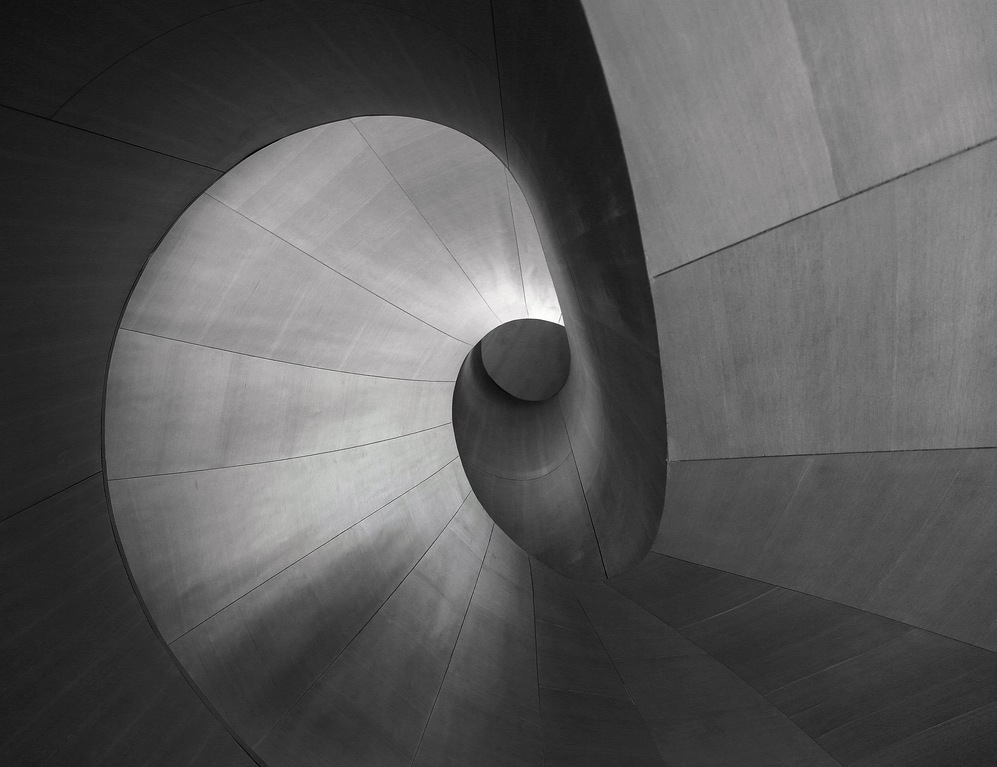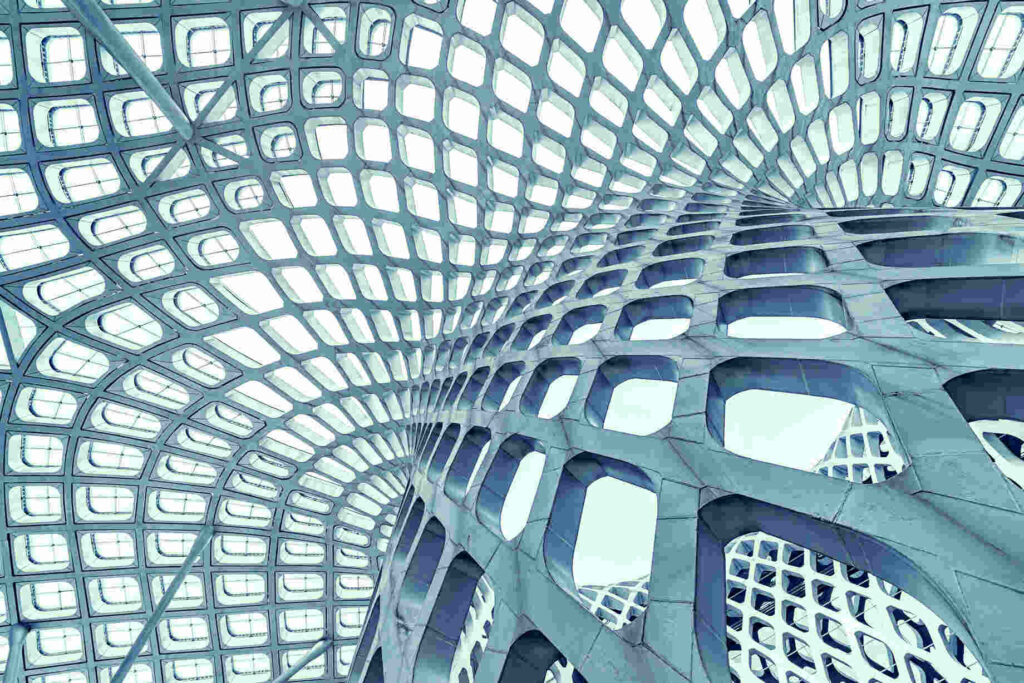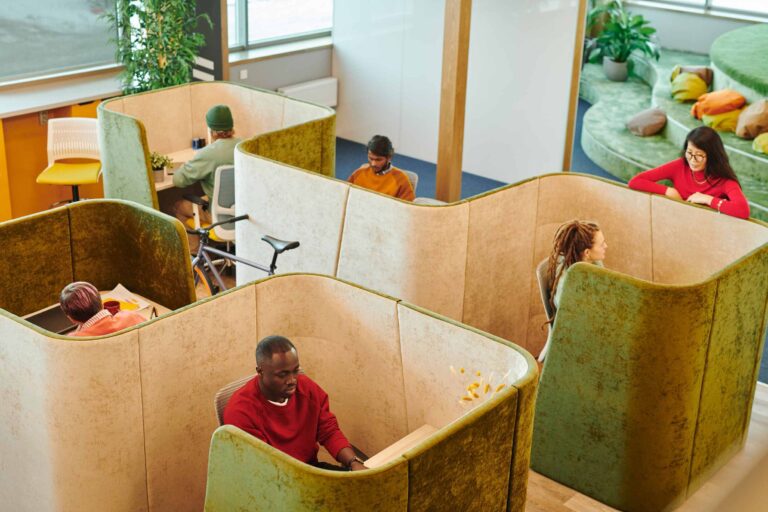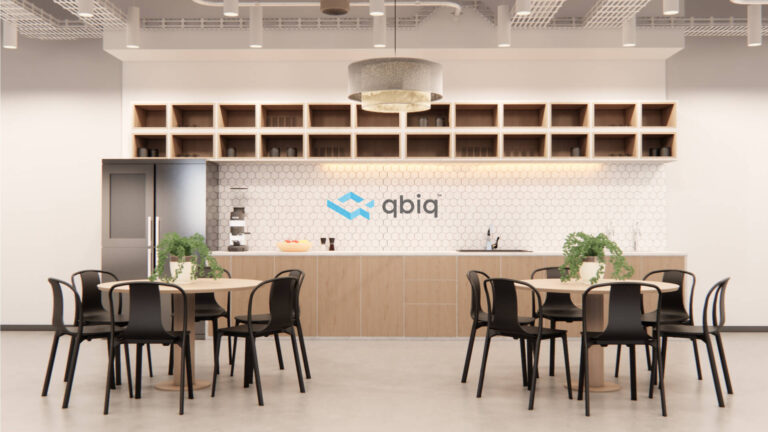When we talk about the future of space design, it sounds like something straight out of a sci-fi novel. Yet, here we are, stepping into an era where artificial intelligence (AI) is starting to play a big role in how we design buildings and spaces. This blend of AI and architecture, which we’re calling “AI Architecture” is about giving non-designers tools to easily plan any space, and architects a supercharged toolbox that helps them work smarter and create even better spaces for us to live, work, and play in.
Why Mix AI with Architecture?

Imagine having a brainstorming buddy who never gets tired and can sift through mountains of data in seconds. That’s what AI brings to the drafting table. It can look at endless design variations, crunch environmental data, and even predict how people will use a space before the first brick is laid. It’s not about removing the human touch; it’s about amplifying it with some seriously smart tech support.
What’s Changing in Design?
Predictive Design: Imagine being able to predict how a design will perform environmentally or socially before it’s even built. AI can model countless scenarios, advising on the best orientations for sunlight and energy efficiency or how spaces can foster community interaction.
Optimization at Every Step: From the macro considerations of urban planning to the micro details of interior comfort, AI helps architects make informed decisions. It’s about achieving the optimal balance between aesthetics, functionality, and sustainability.
Personalization on a New Scale: AI’s ability to handle complex data allows for designs that can adapt to individual needs and changes over time, offering a level of personalization in public and private spaces that was once the domain of science fiction.
Read more:
- Efficiency Redefined: How AI is Optimizing Office Space Layouts
- Leasing Commercial Property in 2024: All You Need To Know
- Elevating Commercial Real Estate Marketing: The Power of Visualization
Keeping It Human in a Tech-Driven World

The heart of architecture is about creating spaces that meet human needs, and that’s not going away. If anything, AI lets architects get back to the big-picture thinking, while the computers handle the nitty-gritty details. It’s about using every tool in our toolbox to create spaces that are more sustainable, more functional, and more in tune with what we need.
Innovative Projects Pioneering AI in Architecture
Several groundbreaking projects illustrate AI’s emerging role in architecture. For instance, AI Build’s Daedalus Pavilion, created in collaboration with ARUP Engineers, showcases how AI and robotics can revolutionize construction processes, making them more efficient and adaptable. Similarly, Sidewalk Labs’ generative design tool leverages AI to generate urban planning scenarios, enabling architects and planners to assess and refine multiple design options effectively.
So, What’s Next?
As we move forward, the blend of AI and architecture promises to make our built environment smarter, more responsive, and yes, more human. For those of us watching this space, the message is clear: the future of architectural planning design is here, and it’s looking pretty smart.
Discover how our qbiq’s AI-driven solutions can transform your architectural and planning projects.





